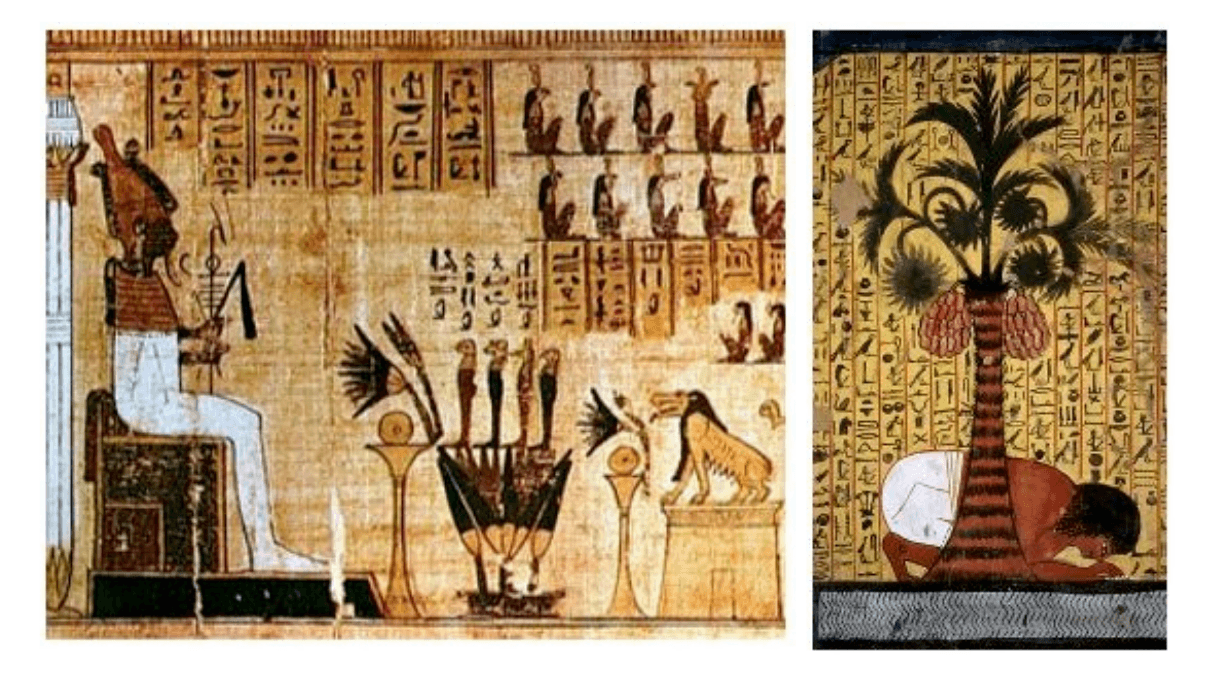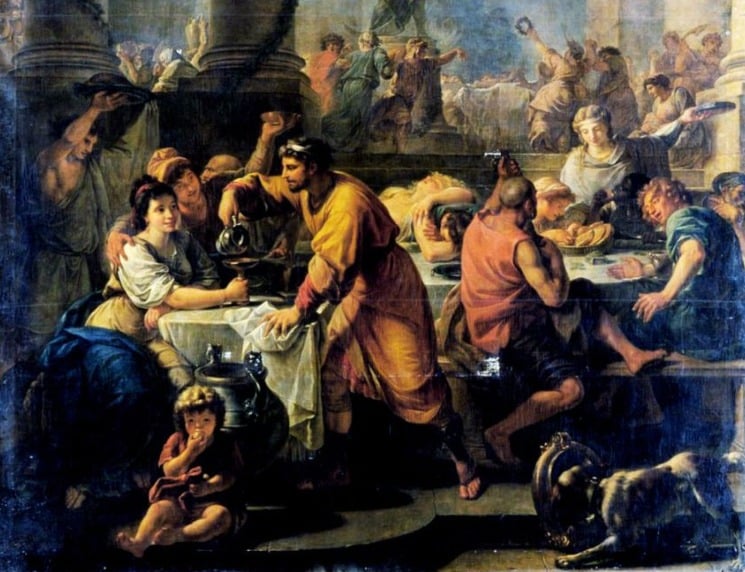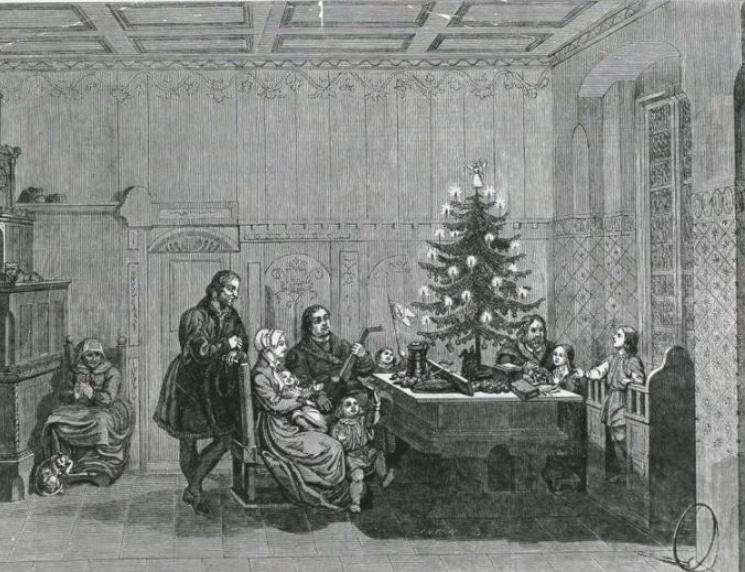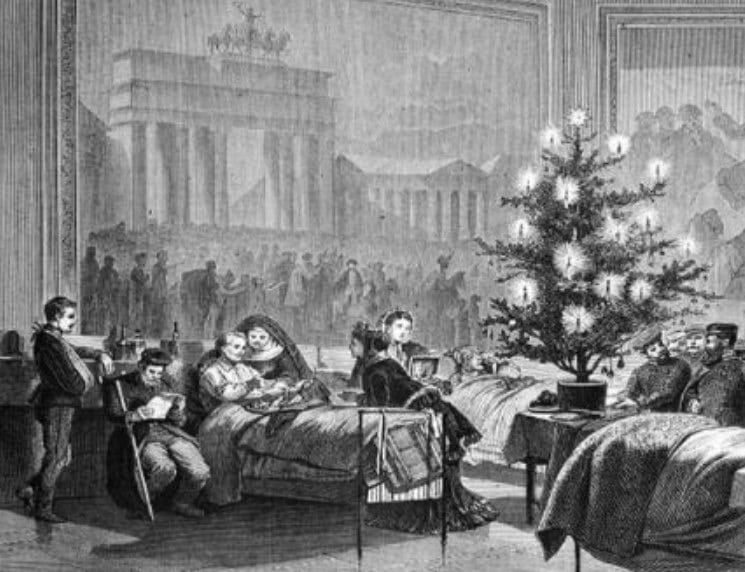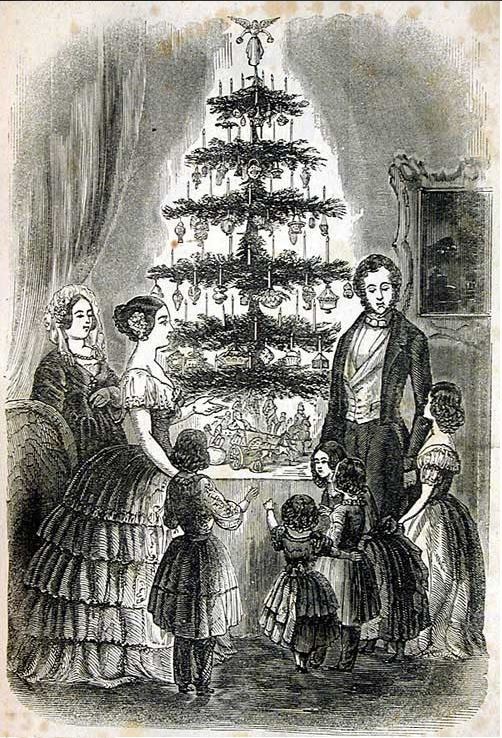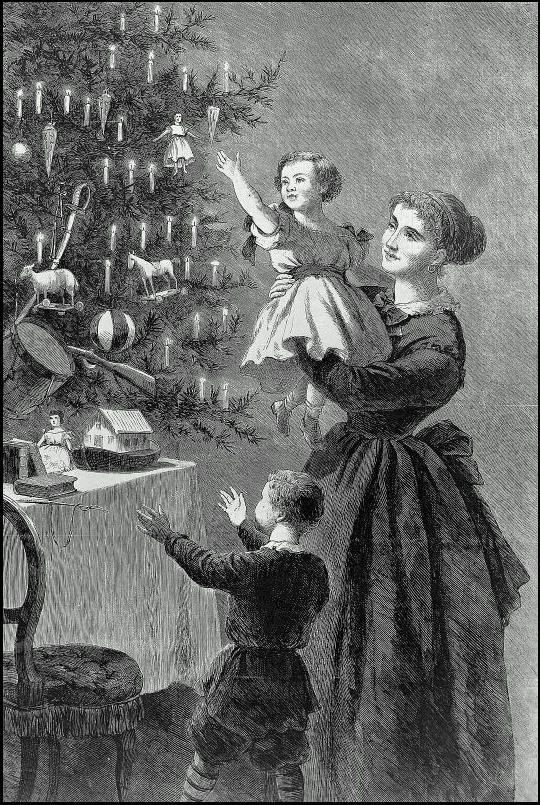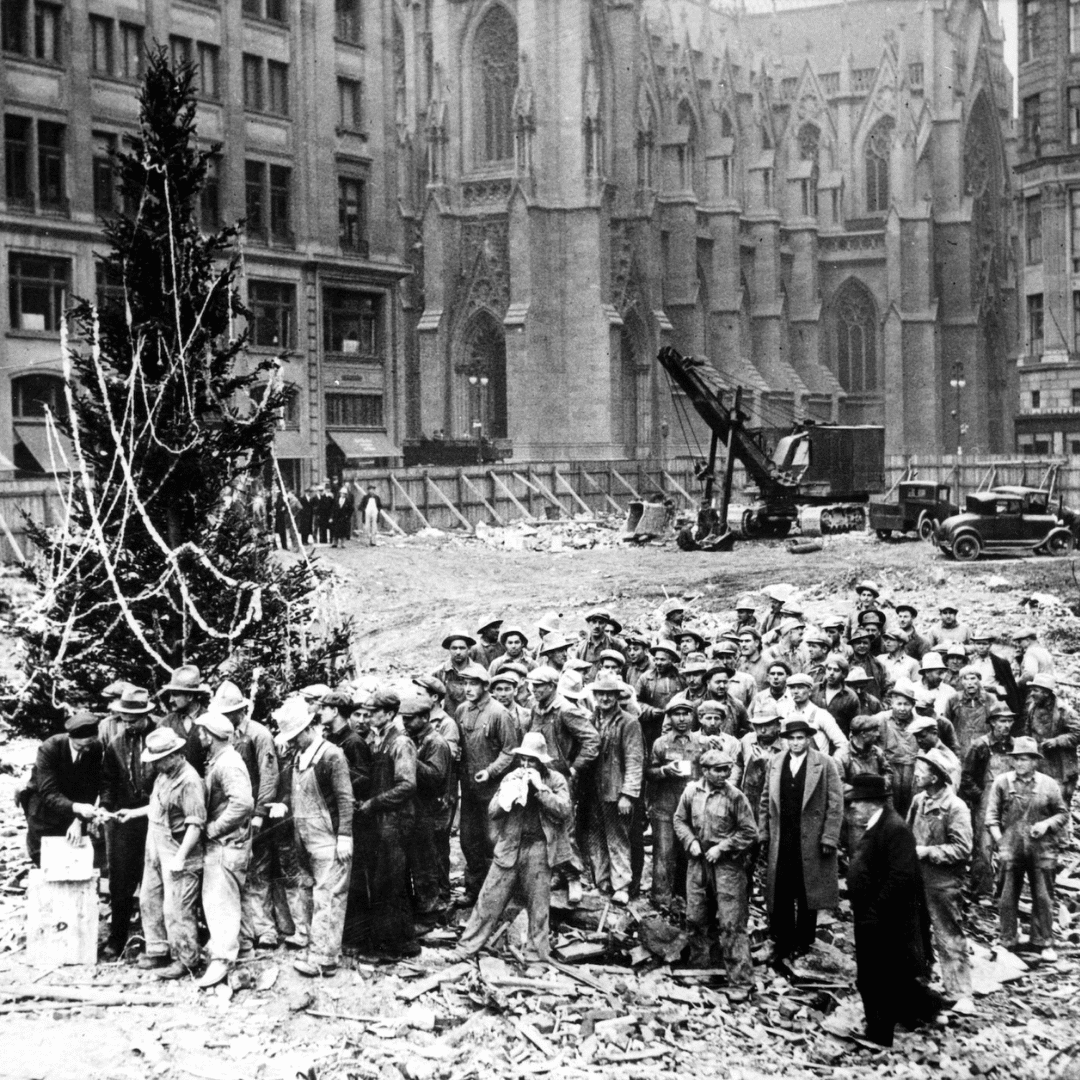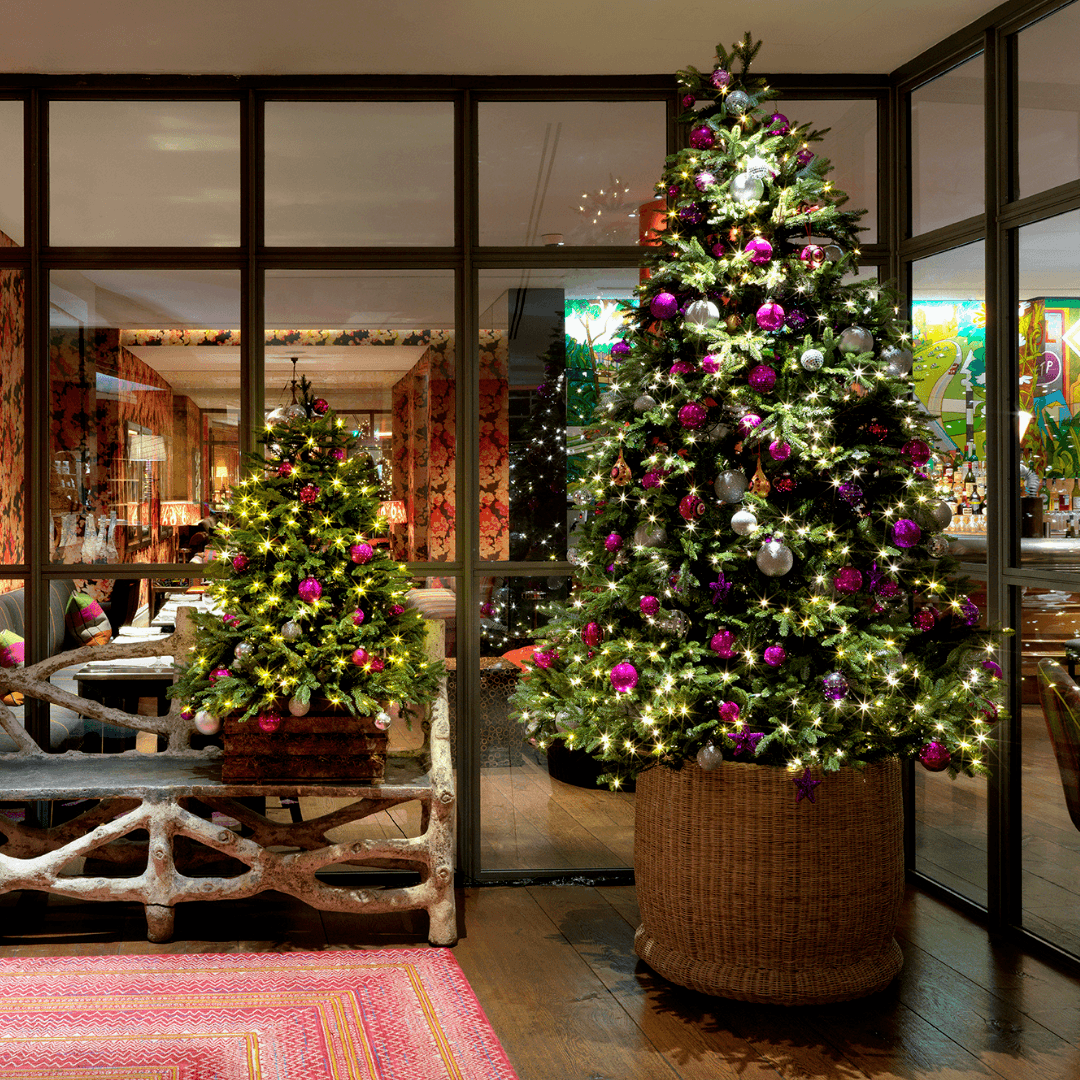For many, it’s unthinkable to celebrate Christmas without a beautiful tree in the living room, decorated with sparkling ornaments. Join us as we explore the history of the Christmas tree which goes back to the times of ancient Egypt.
Long before Christianity was practiced, people in the Northern Hemisphere used evergreen plants to decorate their homes (particularly the doors), to celebrate the Winter Solstice. The Egyptians believed that Ra, God of the Sun, grew sick each winter and after each shortest day of the year, Ra began to recover from his sickness. Egyptians would fill their houses with green palm rushes in honour of the Ra’s recovery.
The Romans knew that the solstice would help farms and orchards to be green and fruitful. They called the occasion ‘Saturnalia’ and decorated their homes and temples with evergreen boughs in honour of Saturn, a God who was associated with agriculture.
The honour of establishing this tradition in the United Kingdom belongs to Queen Charlotte, the German wife of George III. Queen Charlotte set up the first known tree at Queen’s Lodge, Windsor, in 1800. This was made popular in 1846 by the British Royals, Queen Victoria and her husband Prince Albert. They were sketched with their children in the newspaper, the Illustrated London News, standing around a decorated Christmas tree. This set a trend and soon family homes around the globe featured fashionable Christmas trees adorned with candles and all sorts of extravagant decorations. A tradition was born!
Historical records suggest that the Christmas tree tradition was started in the 16th century by Germans who decorated fir trees inside their homes.
This is often credited to Martin Luther, a 16th century Protestant reformer in Germany. Luther witnessed stars twinkling through the branches of an evergreen tree and immediately went home to recreate the scene in his own family home by erecting a tree and decorating it with candles.
From the beginning of the 19th century, trees were decorated with homemade decorations, roses made of coloured paper, apples, cookies, toys, tinsels and candles. Since the late 1800s, blown-glass ornaments have replaced those decorations and electric lights have replaced candles.
In the early 20th century, it became common in many cities, towns (and department stores) to put up public Christmas trees. The Rockefeller Center’s Christmas tree is one of the most famous in the world. The yearly tradition started back in 1931, during the complex’s construction.
By 1900, real feathers and pine cones were joined by crochet pieces, ornaments made of folded wax paper, artificial birds and butterflies as well as fake snow.
We honour this tradition and love the opportunity Christmas brings to transform our guest areas and celebrate the season. Visit us for a glass of mulled wine and explore our festive decorations and decadently dressed Christmas trees at our hotels!


